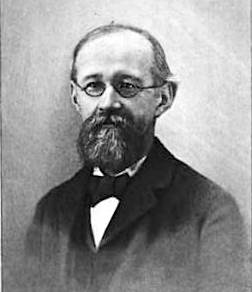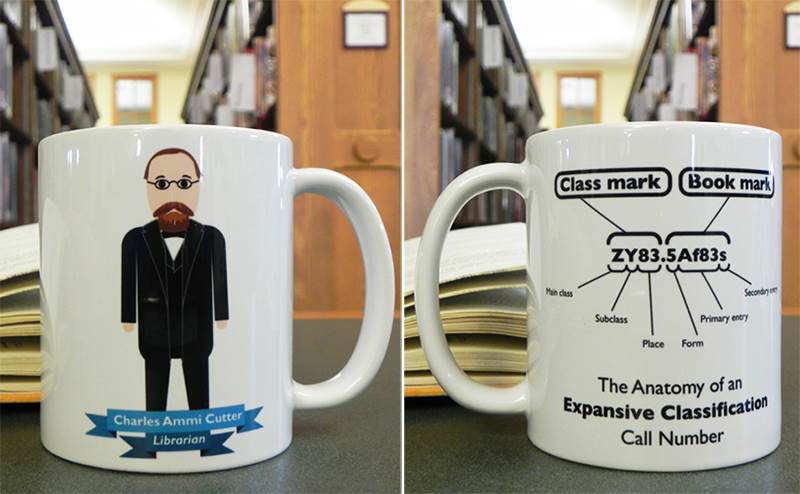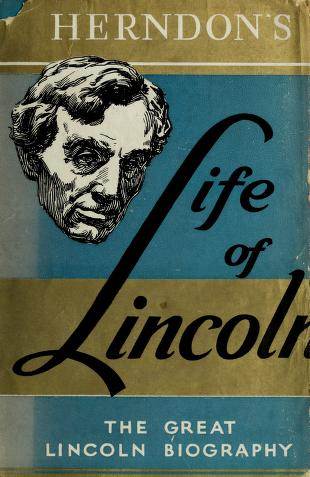By Kregg Argenta
Three classification systems can be found on the shelves at the Abraham Lincoln Presidential Library: the Cutter system, the Library of Congress system, and a unique system for the Lincoln Collection.
The Cutter Expansive Classification system, developed by library pioneer Charles Ammi Cutter (1837-1903), was published in the early 1890s, shortly after the Illinois State Historical Library (ISHL) opened. It was adopted by comparatively few libraries and, as of 2002, only four were still using it, including ISHL which is now part of the Abraham Lincoln Presidential Library and Museum.
Most other libraries switched to either the Dewey Decimal Classification (primarily public libraries) or the Library of Congress classification system (primarily academic/research libraries).
 Charles Cutter
Charles Cutter
In 2016, the Lincoln Presidential Library decided to switch to the Library of Congress system (LC) for all (or nearly all) books added to the General Collection. Most researchers are familiar with this system, so library staff felt the time had come to make the switch. The collection in the Reading Room was also converted to LC at that time.
However, since it would be an enormous task to convert the Library’s entire collection to LC, a large selection of books in the closed stacks still contain the Cutter classification number. And there are no plans at this time to convert them to LC.
There are several differences between the two systems, too many to mention here. Possibly the two most obvious are found in the first and second lines of the call number. In both systems, the first line (i.e., the subject line) begins with a letter(s) followed by a number but usually the numbers differ. For example, Cutter classifies Illinois history as “F896” whereas as LC puts in “F536-550”. The second line (i.e., the author line) of call numbers in the LC system begin with a decimal point and are treated as decimal numbers whereas the second line of call numbers in the Cutter system do not begin with a decimal point and thus are shelved numerically.
 The Forbes Library in Northampton, Mass, where Charles Cutter once worked, sells a coffee mug with his likeness and an explanation of his classification numbers. Forbes is also home to the Calvin Coolidge Presidential Library and Museum.
The Forbes Library in Northampton, Mass, where Charles Cutter once worked, sells a coffee mug with his likeness and an explanation of his classification numbers. Forbes is also home to the Calvin Coolidge Presidential Library and Museum.
The third classification system used at the Abraham Lincoln Presidential Library was developed specifically for the Lincoln Collection. It begins with “L2” to avoid confusion with section “L” in the Cutter classification system. This is followed by a three-figure number taken from the Cutter-Sanborn author table. For example, Herndon’s Life of Lincoln is cataloged as “L2 H558h” in which “558” is the three-figure number for Herndon and the final “h” refers to the first letter of the title.
Clearly, the task of organizing information is complex, and no system is perfect. Libraries must adapt as new classification systems are introduced or their own needs change. For the ALPLM, it’s a balancing act between transitioning to the Library of Congress system, the work that would be required to move away from Cutter completely, and the need for a specialized system for our Lincoln collection.
The important thing is that we know where to find all the incredible knowledge in the library’s collection and can help researchers find it, too.
 A 1930 edition of "Life of Lincoln"
A 1930 edition of "Life of Lincoln"
Argenta is an ALPLM cataloger.